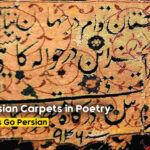
The Role of Carpets in Persian Literature and Poetry

Interviews with Prominent Weavers and Artists of Persian Carpets
Persian carpets are not only admired for their intricate designs and rich cultural heritage but are also considered a valuable financial investment. These handmade carpets, often referred to as “woven art,” combine artistry with utility, making them desirable collectibles. Over centuries, Persian carpets have retained their value, with many increasing in worth over time due to their craftsmanship, rarity, and historical significance. In this blog post, we will explore the factors that make Persian carpets an excellent investment, both in terms of aesthetic beauty and financial potential.
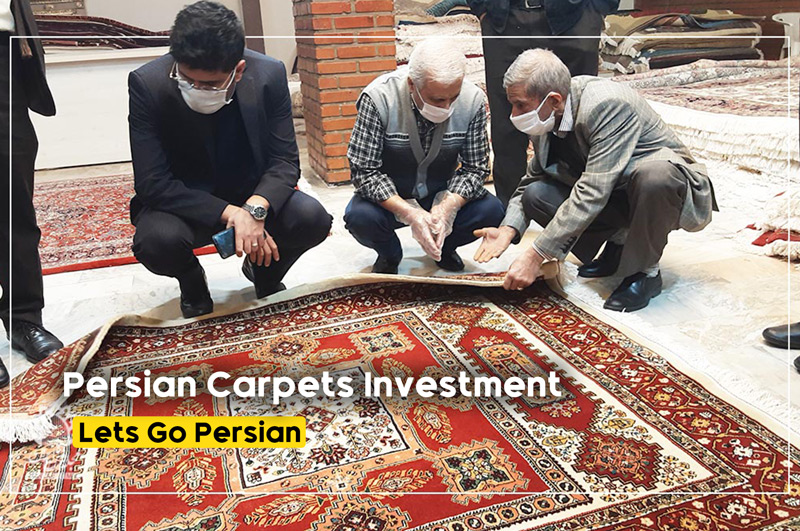
Persian Carpets as an Artistic and Financial Investment
1. Artistic Value: A Testament to Persian Craftsmanship
The Craft of Carpet Weaving
Each authentic Persian carpet is the result of countless hours of labor, involving skilled artisans who hand-knot intricate patterns. Persian carpets are traditionally made from high-quality natural materials like wool, silk, and cotton, using natural dyes derived from plants, minerals, and insects. The designs often reflect the weaver’s cultural heritage and can take months, even years, to complete.
- Unique Patterns: Persian carpets come in a wide range of patterns, from floral and geometric designs to detailed depictions of gardens and medallions. Each carpet reflects the artistic expression of the weaver and the traditions of the region in which it was made.
- Hand-Knotted Precision: The process of hand-knotting ensures that no two carpets are exactly alike, making each one a unique piece of art. The more knots per square inch, the finer and more valuable the carpet is considered.
Cultural and Historical Significance
Owning a Persian carpet is akin to owning a piece of Persian history. These carpets have been woven for thousands of years and have played a significant role in Persian art, culture, and daily life. Many of the traditional patterns and designs used today have been passed down through generations, making each carpet a symbol of cultural continuity.
- Timeless Beauty: The artistic designs and natural materials used in Persian carpets give them a timeless appeal, making them versatile enough to fit in both traditional and modern interior spaces. This longevity contributes to their lasting value as decorative pieces.
- Connection to Persian Heritage: For art collectors and cultural enthusiasts, owning a Persian carpet is a way to connect with Iran’s rich cultural heritage and support the continued tradition of carpet weaving.
2. Financial Value: Appreciating Over Time
Longevity and Durability
One of the key reasons Persian carpets are a strong financial investment is their durability. Authentic Persian carpets are made to last, often enduring for generations when properly cared for. Unlike machine-made rugs, which tend to degrade over time, the quality of a well-made Persian carpet improves with age.
- Aging Gracefully: Persian carpets made with natural dyes often develop a patina over time, with the colors becoming richer and more nuanced. This adds to the carpet’s aesthetic appeal and increases its value.
- Generational Investment: Many Persian carpets are passed down as family heirlooms, not only maintaining their beauty but also appreciating them as antique items.
Market Demand and Value Appreciation
Persian carpets have long been considered a collectible asset, sought after by collectors, interior designers, and investors alike. The value of a Persian carpet can increase significantly over time, particularly if it is rare, well-preserved, and made by a master weaver.
- Global Demand: Despite fluctuations in the market, Persian carpets consistently maintain high demand, particularly among collectors and investors in Europe, the Middle East, and Asia. The global appeal of Persian carpets helps to ensure their value remains stable.
- Antique Persian Carpets: As Persian carpets age, they often become more valuable, especially if they are well-preserved and rare. Antique carpets, particularly those woven during the Safavid Dynasty or by renowned weaving workshops, can fetch high prices at auctions and in the collector’s market.
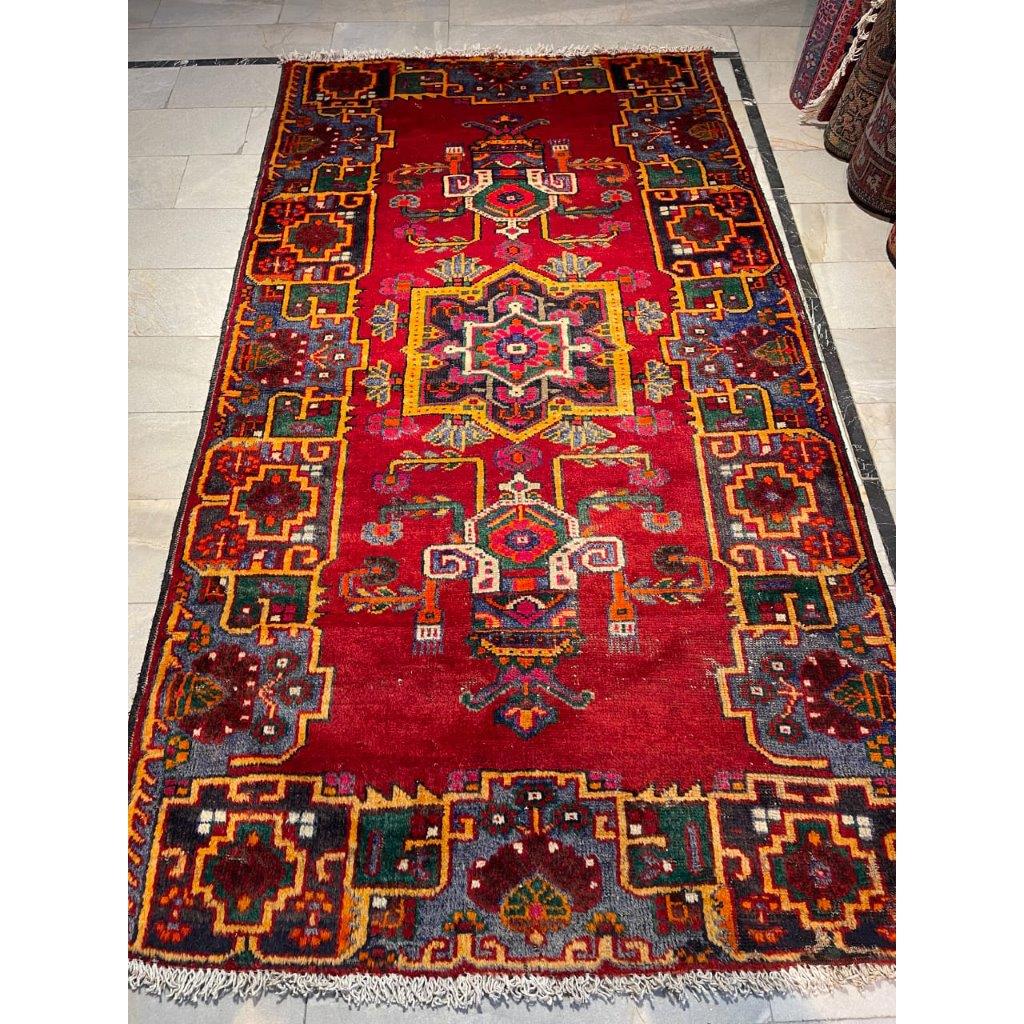
Antique Persian Carpets
Rarity and Exclusivity
The value of a Persian carpet is often tied to its rarity. Carpets that are produced in limited quantities or belong to specific historical periods or regions are especially sought after. Some carpets, such as those from Tabriz, Isfahan, or Qom, are more valuable due to their fine craftsmanship and intricate designs.
- Regional Differences: Carpets from certain regions of Iran, such as Kashan, Nain, or Tabriz, are known for their distinctive styles and higher knot density, making them more valuable. For instance, a silk carpet from Qom is likely to have a higher resale value due to its delicate craftsmanship and rarity.
- Signature Carpets: Some carpets bear the signature of the master weaver, which can significantly increase their value. Collectors often look for carpets made by famous weavers or weaving houses, as these pieces are rare and command a premium price.
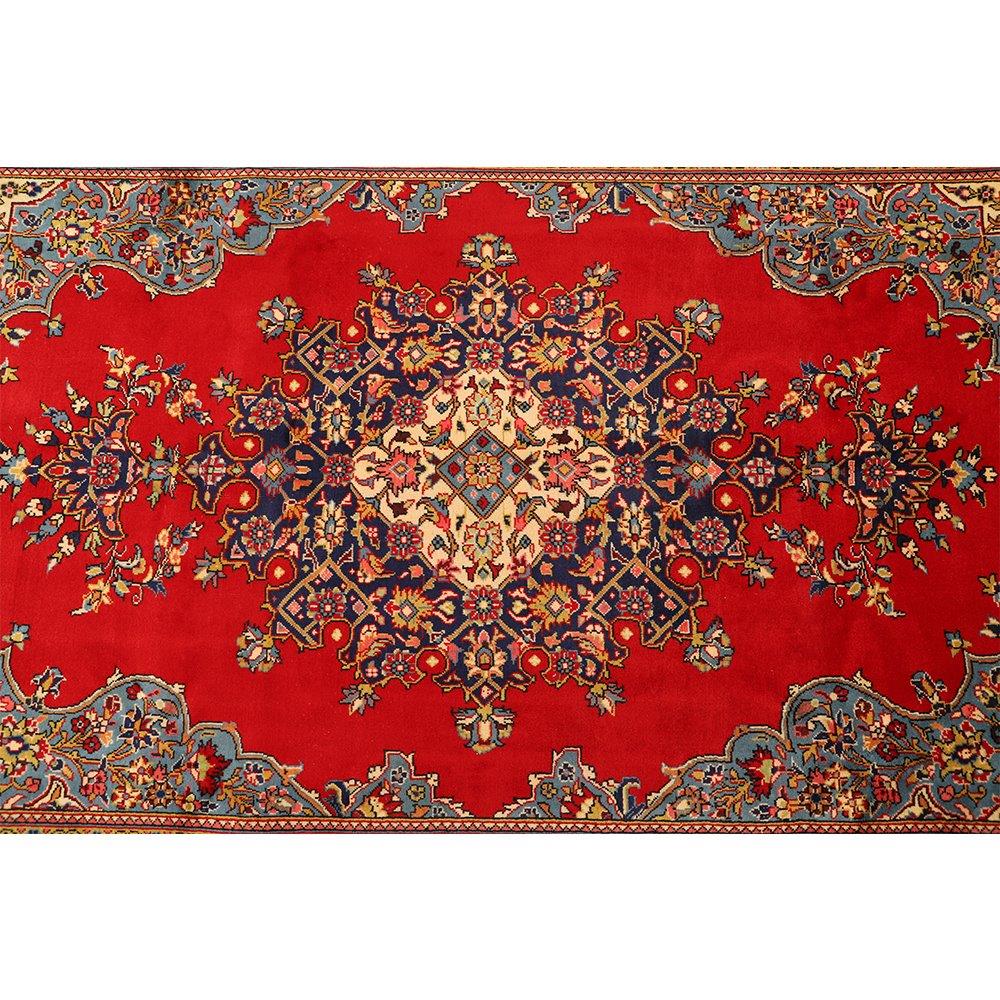
Tabriz carpet
3. Factors to Consider When Investing in a Persian Carpet
1. Authenticity
To ensure that a Persian carpet is a good investment, it is essential to verify its authenticity. Hand-knotted Persian carpets are often imitated by machine-made versions, which lack the artistic and financial value of genuine carpets.
- Hand-Knotted Construction: Authentic Persian carpets are hand-knotted, with visible knots on the back. If the carpet has a synthetic backing or appears to have been machine-made, it is not a genuine Persian rug.
- Natural Materials and Dyes: Genuine Persian carpets are made from natural materials such as wool, silk, and cotton. The dyes are also derived from natural sources, which gives the carpet its rich, deep colors that improve with age.
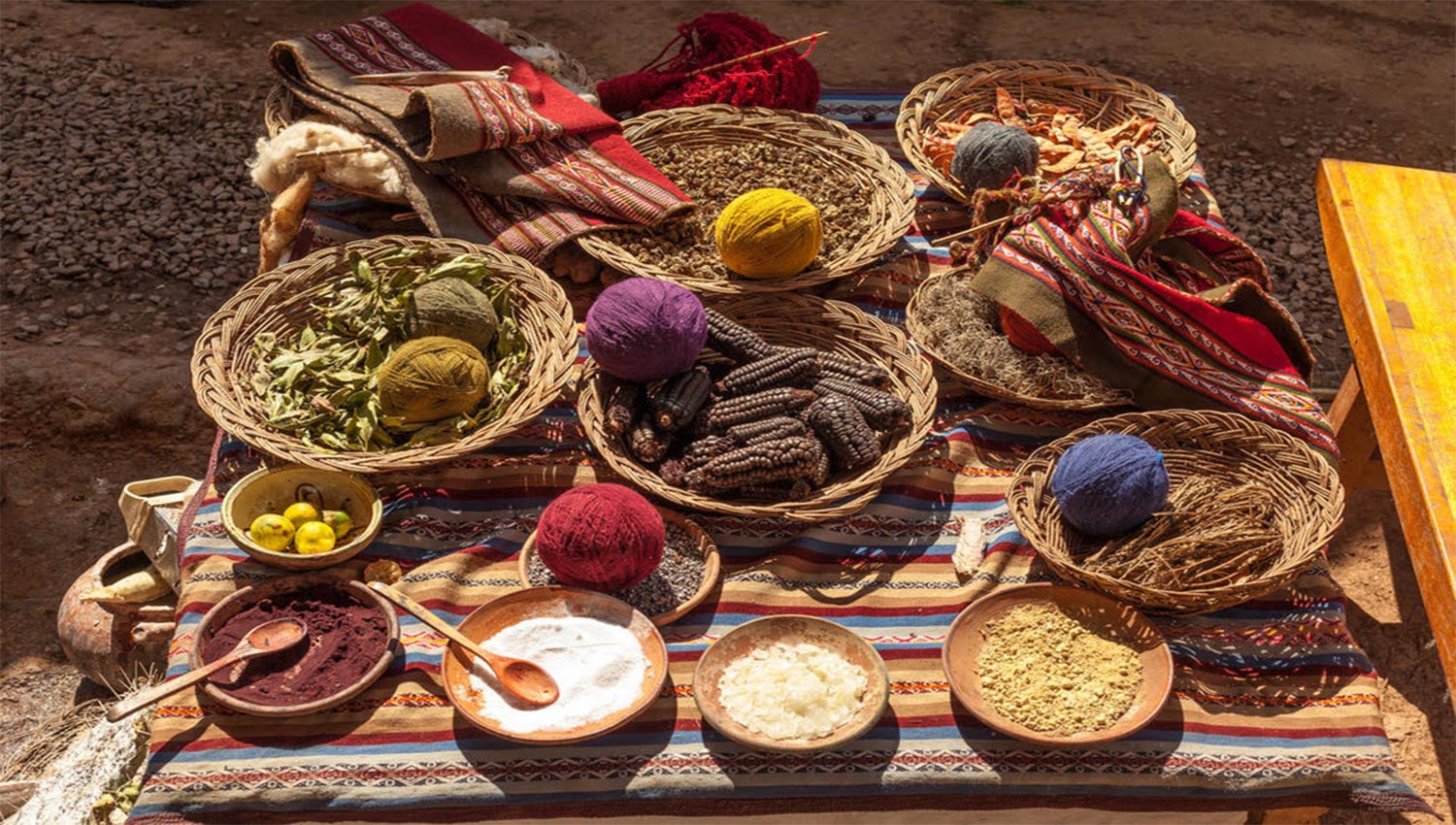
The main colors in the carpet texture
2. Knot Density and Craftsmanship
The knot density of a Persian carpet, measured in knots per square inch (KPSI), is one of the primary indicators of its quality and value. The higher the knot density, the more detailed and intricate the design, and the more labor-intensive the carpet is to produce.
- High Knot Density: A high-quality Persian carpet typically has a knot density of 200 to 600 KPSI, with some fine silk carpets exceeding this. The higher the knot count, the more valuable the carpet.
- Craftsmanship and Condition: A carpet’s overall condition, including the preservation of its colors, structure, and pile, plays a significant role in its value. Carpets with no major repairs or damage are more valuable.
3. Age and Provenance
The age of a Persian carpet is another crucial factor in determining its investment value. Antique Persian carpets (typically more than 100 years old) are often more valuable than newer carpets, especially if they come from well-known weaving centers or periods.
- Antique Carpets: Antique carpets, particularly those from the Safavid Dynasty (16th to 18th centuries), are highly prized for their historical significance and exceptional craftsmanship.
- Provenance: Knowing the history and origin of a Persian carpet can increase its value. Carpets with documentation or provenance from prestigious auctions or private collections are often seen as more valuable investments.
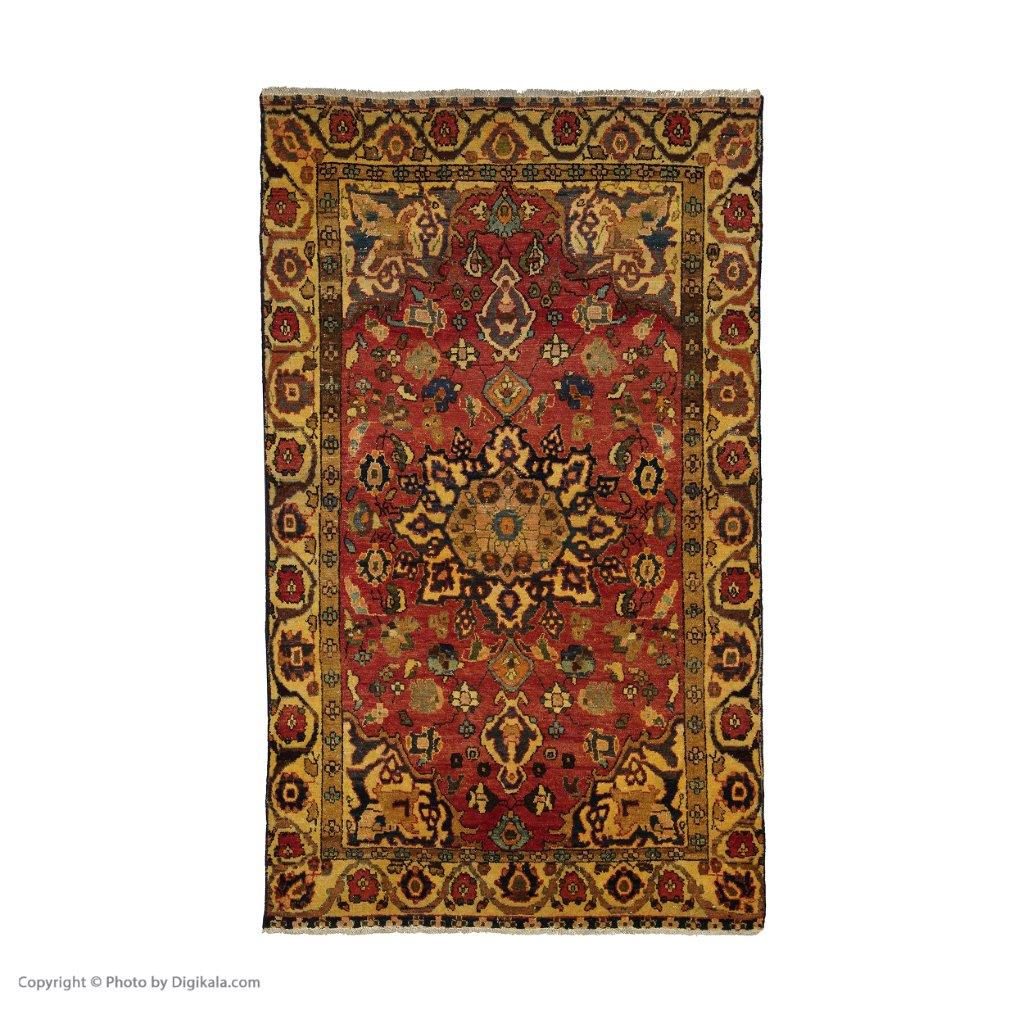
Antique carpet
4. Condition and Restoration
While age and rarity are important, the condition of the carpet is equally critical when considering it as an investment. Well-preserved carpets, with no significant wear or repairs, tend to fetch higher prices. Restoration, if done well, can maintain a carpet’s value, but poorly executed repairs can detract from its worth.
- Professional Restoration: Minor restoration by a skilled craftsman can maintain or even enhance the value of an antique carpet. However, extensive damage or poor-quality repairs can diminish its appeal.
4. Persian Carpets in the Global Investment Market
Auction Houses and Market Trends
Persian carpets are regularly sold at prestigious auction houses such as Sotheby’s, Christie’s, and Bonhams, where they command high prices. Recent trends show that both antique and high-quality contemporary Persian carpets are seen as safe investments, often compared to art, jewelry, and other luxury goods.
- Record Sales: Some Persian carpets have set records at auction, such as the famous Clark Sickle-Leaf Carpet, which sold for $33.7 million at a Sotheby’s auction in 2013, highlighting the significant financial potential of owning a rare Persian carpet.
- Consistent Value: Persian carpets have a history of maintaining or increasing in value, making them a stable investment even during economic downturns. Their appeal to collectors and investors around the world ensures that there is always demand.
Conclusion
Persian carpets are a unique blend of artistry and investment potential, offering both aesthetic beauty and long-term financial value. Their durability, cultural significance, and rarity make them highly sought-after items in the global market. Whether you are an art collector, a cultural enthusiast, or an investor, purchasing an authentic Persian carpet can be a worthwhile investment, not just for its financial return but for the lasting beauty and heritage it brings into your life.



















